Shoulder pain is a prevalent musculoskeletal complaint that can have a significant impact on daily life. Understanding the underlying causes of shoulder pain is crucial for accurate diagnosis and effective treatment. This article aims to explore the various factors that can contribute to shoulder pain, including anatomical structures, injuries, medical conditions, and lifestyle factors. By gaining insight into the multifactorial nature of shoulder pain, individuals experiencing this discomfort can better understand the root causes and seek appropriate medical care.
Anatomy of the Shoulder
To comprehend the causes of shoulder pain, it is important to have a basic understanding of the shoulder’s anatomy. The shoulder joint is a complex structure consisting of bones, ligaments, tendons, muscles, and bursae. The humerus (upper arm bone), scapula (shoulder blade), and clavicle (collarbone) form the main bony structures. The joint is supported by the rotator cuff, a group of muscles and tendons that stabilize the shoulder and allow for its wide range of motion.
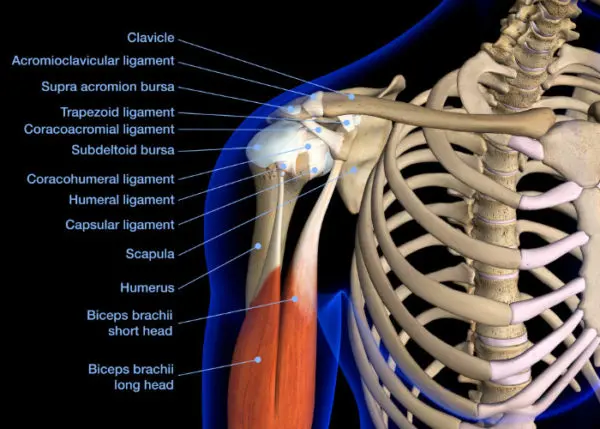
Common Causes of Shoulder Pain
Rotator Cuff Disorders
The rotator cuff is prone to injuries and degenerative changes, leading to shoulder pain. Common rotator cuff disorders include:
- Rotator Cuff Tendinitis: Inflammation of the tendons due to repetitive overhead movements or aging.
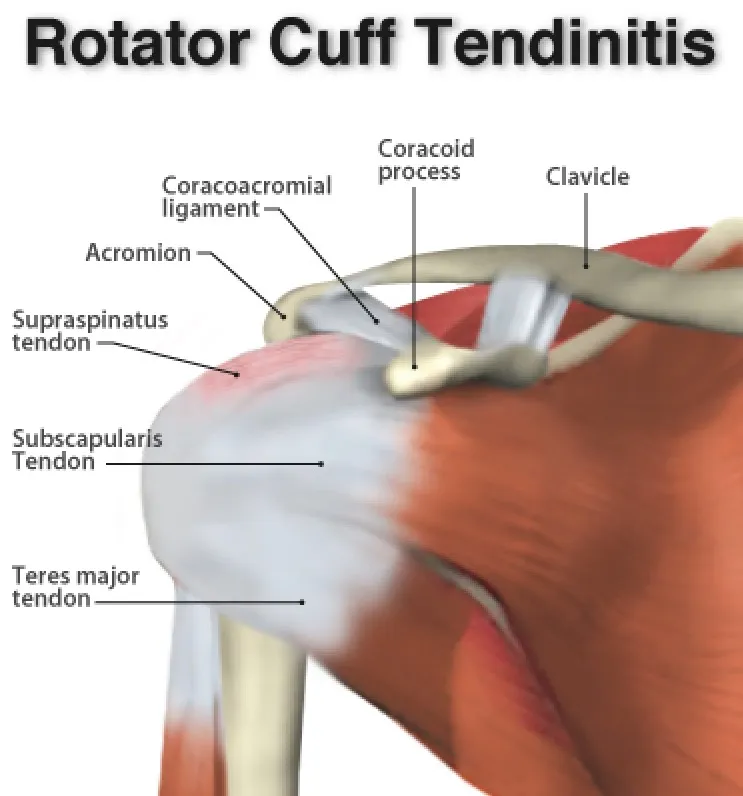
- Rotator Cuff Tear: Partial or complete tear of one or more rotator cuff tendons, often caused by trauma or wear and tear.
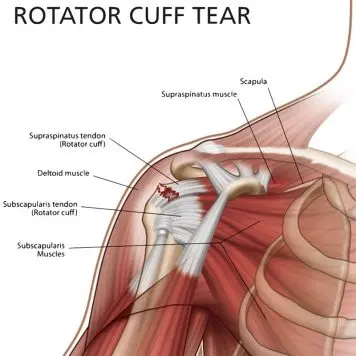
Frozen Shoulder (Adhesive Capsulitis) causes shoulder pain
Frozen shoulder is a condition characterized by stiffness, pain, and limited range of motion in the shoulder joint. The exact cause is unclear, but it may result from inflammation, injury, or prolonged immobilization.
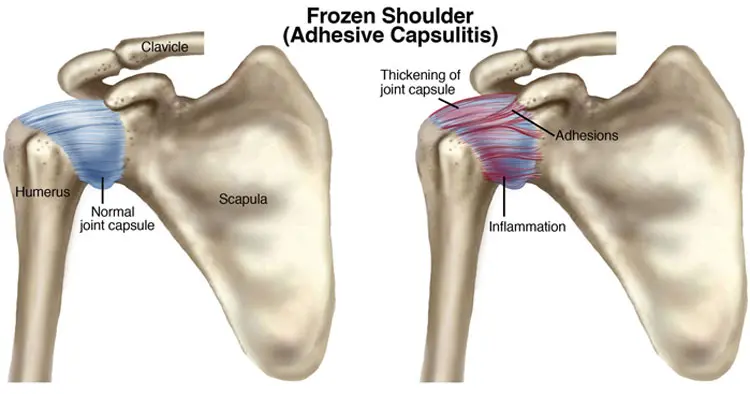
Shoulder Impingement Syndrome
Shoulder impingement occurs when the tendons of the rotator cuff become compressed and irritated between the bones of the shoulder. This can be caused by repetitive overhead activities, structural abnormalities, or poor posture.
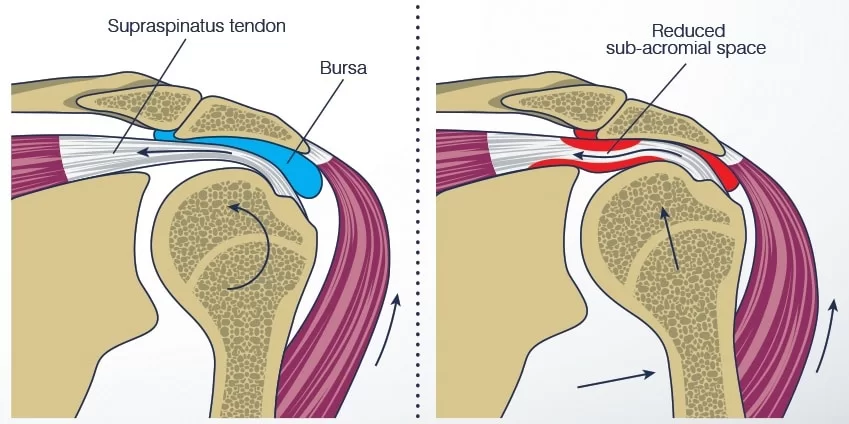
Shoulder Instability
Shoulder instability refers to the excessive movement or dislocation of the shoulder joint. It can be caused by traumatic injuries, repetitive strain, or underlying structural abnormalities.
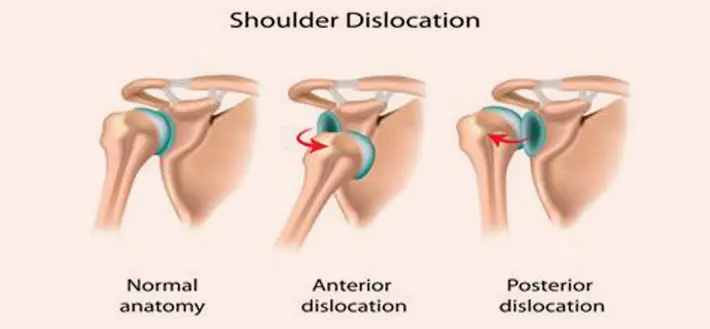
Osteoarthritis of the Shoulder
Osteoarthritis is a degenerative joint disease characterized by the breakdown of cartilage. Shoulder osteoarthritis can occur due to aging, overuse, previous injuries, or genetic factors.
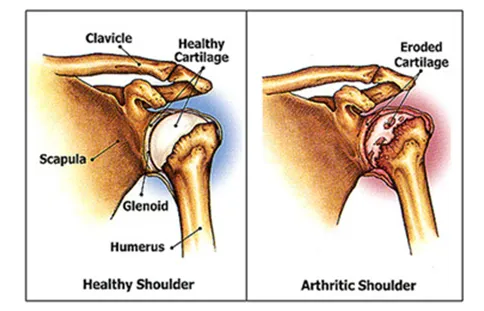
Bursitis and Tendonitis
Inflammation of the bursae (small fluid-filled sacs) or tendons around the shoulder joint can lead to pain and limited mobility. Bursitis and tendonitis often result from repetitive movements, trauma, or inflammatory conditions.
Fractures and Traumatic Injuries
Shoulder fractures, dislocations, and other traumatic injuries can cause severe shoulder pain. These injuries may occur due to falls, sports-related accidents, or direct trauma.
Referred Pain
Shoulder pain can sometimes originate from other areas of the body and be perceived in the shoulder. Common sources of referred shoulder pain include cervical spine problems, gallbladder issues, and heart conditions.
Risk Factors and Lifestyle Factors
Several risk factors and lifestyle choices can increase the likelihood of experiencing shoulder pain. These include:
- Aging: As individuals age, the risk of degenerative conditions such as rotator cuff tears and osteoarthritis increases.
- Overuse and Repetitive Movements: Engaging in activities that involve repetitive shoulder movements or overhead motions can strain the shoulder structures.
- Poor Posture: Slouching or having rounded shoulders can contribute to shoulder pain and impingement.
- Sedentary Lifestyle: Lack of regular physical activity and muscle strength can lead to shoulder instability and weakness.
- Obesity: Excess weight puts added stress on the shoulder joint and increases the risk of developing shoulder problems.
- Occupational Factors: Certain occupations that involve heavy lifting, repetitive tasks, or prolonged overhead work can predispose individuals to shoulder pain.
Diagnosis of Pain in Shoulder
Accurate diagnosis of shoulder pain is essential for effective treatment. Healthcare professionals employ various methods, including:
- Comprehensive medical history and physical examination
- Imaging tests such as X-rays, magnetic resonance imaging (MRI), or ultrasound
- Arthroscopy, a minimally invasive procedure to visualize the shoulder joint
- Electromyography (EMG) and nerve conduction studies to assess nerve function
- Blood tests to rule out systemic conditions causing shoulder pain
The pain in shoulder can arise from various causes, including injuries, degenerative conditions, and lifestyle factors. Understanding these underlying causes is crucial for accurate diagnosis and appropriate treatment. By seeking medical attention and adopting preventive measures, individuals can manage shoulder pain and improve their overall shoulder health.
(Disclaimer: The information given here is based on general information. Before adopting it, definitely take medical advice. THE MONK does not confirm this.)































